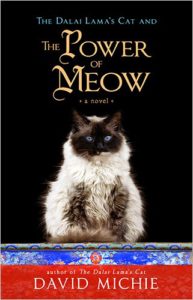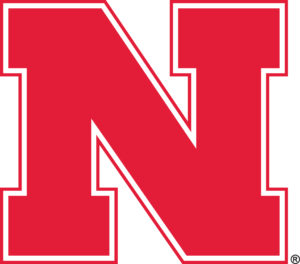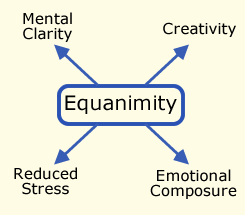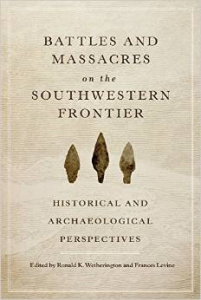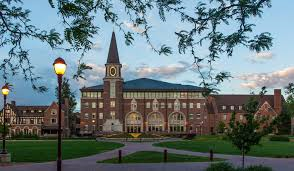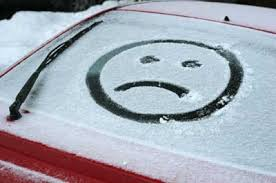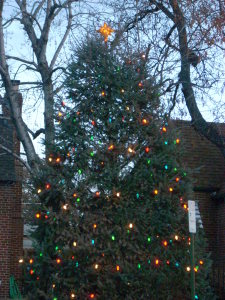Stuck
Stuck is my current problem. I have not been able to write a word for a couple of weeks. That problem seems to be receding. Writer’s block and my general lethargy stems from a deeper problem.
First, some of what I know of the Buddha’s thinking. One of his core concepts is about what today we call the ego. In our regular thinking we treat our egos as permanent things stemming from what we are as beings. Not so, folks. We have made it all up. We draw from our genetic makeup and our interpretation of our experiences in living to form a sense of self. This is necessary for our survival, both as individuals and a species.
In the tribe, boys learned how to hunt from the tribal hunters. Girls learned how to have and raise children from other mothers. Everyone’s experiences are somewhat unique, but have a lot of commonality with others around us. If things go well, children grow up to be healthy, capable members of their group.
Often, however, things go wrong. Trauma, disfigurement, disease, and deprivation can lead a person to develop a wounded ego. This is true of all of us to some degree. The wounded ego suffers. Suffering prevents us from reaching our deepest innermost being, the condition often called emptiness. It is pure being, free of suffering stemming from the decisions we have made about ourselves. It is often called enlightenment. A better word is peace.
Insight Meditation can lead to the state where we have let go of all the encumbrances of ego. It doesn’t mean ceasing to act much like the suffering person we were once were. It doesn’t eliminate the need to cope with the tasks of living in the world, (especially a world containing Republicans.) it’s clarity, freedom free of suffering but not of pain, grief, infirmity, and death.
I have tried to reach this goal for a large part of my life. I tried many paths, Christianity, Buddhism, raging atheism, and trying to ignore the whole mess. An amalgam of the teachings and lives of Jesus and the Buddha is what I have settled on. It works for me, and much of my suffering is gone, let go.
But not all. As a young child I experienced some abuse that seems to have gone to the very core of my being. I have had profound, life changing spiritual experiences. I have had over thirty years of therapy, I take medication for depression and ADD/HD. (not to mention prostate medication). My spiritual work has done the most good, but the other stuff is important. I couldn’t meditate or write before I got effective ADD treatment at age 59.
Still, the deep reservoir of unease and discomfort remains. Now, I am not the greatest practitioner of Insight Meditation or prayer, although I practice them every day, sometimes for much of the day. I still go to therapy, go to meetings a couple of days every week, see my shrink, actively meditate and study the dharma. They help tremendously. Drugs, alcohol, and the motorcycle did not work.
That pool of existential isolation remains. My teachers tell me to continue the process and I will, but I have times when I despair. Is it karma, I am destined to suffer throughout this lifetime? Or as my teachers say, I just need to persevere. Well, I will persevere, continue the struggle.
I usually can chug along just fine, but a few weeks ago, one of my teachers said the continued practice of letting go will do it. It hasn’t, not that deep pool of anguish. His saying that just triggered more agony. This stuff sure is taking a long time, and I am not sure it will ever work. Do you have any ideas? Maybe I need to go to the mountains.



